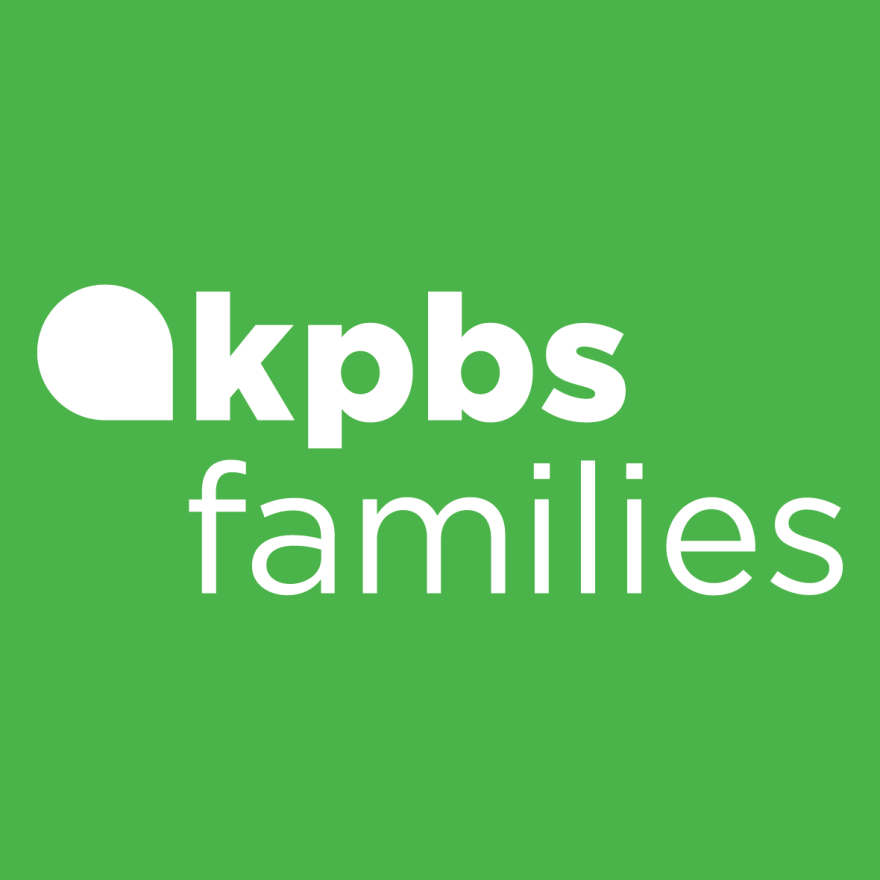It should come as no surprise that America's Finest City is home to some of the country's best parks. On Wednesday, San Diego's park system was recognized in a national ranking, coming in at No. 24 in the national nonprofit Trust For Public Land's annual ParkScore index.
The index evaluates park systems in the 100 most populous U.S. cities. Its rankings are based equally on five factors:
- Park access measures the percentage of residents living within a 10-minute walk of a park.
- Park equity compares per capita park space and 10-minute-walk park access in communities of color versus white communities and in low-income neighborhoods versus high-income neighborhoods. Park systems score higher if disparities are minimal or non-existent.
- Park acreage is based on a city’s median park size and the percentage of city area dedicated to parks.
- Park investment measures park spending per resident.
- Park amenities assesses the availability of six popular park features: basketball hoops, off-leash dog parks, playgrounds, splashpads and other water-play structures, recreation and senior centers, and restrooms.
San Diego climbed five spots in this year’s ParkScore index ranking due to improved park investment. Nineteen percent of the city is dedicated park space, which was one of the best marks in the country.

Will Klein of Trust For Public Land said the ParkScore Index is considered the “Gold Standard” for park evaluation because it offers a national perspective on what’s going on in city parks.
“It’s the most comprehensive look at city parks across the country,” Klein said. “Each year we reach out to over 500 organizations across the 100 cities to collect data from public and private park agencies and combine that to look at the total park system in each city from the resident’s perspective.”
Klein said currently, 81% of San Diegans are within a 10-minute walk of a park, which is higher than the national average of 75%.
This year the ParkScore index included data about two key health factors: physical activity and mental health.
“We found the cities with the highest ParkScore rankings, those in the top 25, like San Diego, were healthier places to live,” Klein said. “In those top 25 cities, people were on average 9% less likely to suffer from poor mental health and 21% less likely to be physically inactive.”
Klein said those tangible health benefits backup the importance of parks in a community.
Matt Estes and his two boys, Miles and David, have enjoyed several parks throughout San Diego.
“I think they’re important so you get to know who lives in your community and your neighbors,” Estes said. “I think also, exercise, I mean getting kids out of the house. Not that my kids have phones, but things like that. Really, getting kids out and getting to know your community.”
Estes’ favorite part of the parks are the people he has met, but his boys love the swings. “There’s a lot of different things for them to do at these parks and also I think that they’re really safe,” he said.
Nora Allen and her family also enjoy the local parks. “As a mother of two little ones, (parks are) pretty much my life right now on maternity leave, so they are pretty critically important to me,” Allen said. “I love the trees, the mature trees, you don’t have that everywhere, so that’s one of my favorite things.
Chula Vista also made the list, at No. 77. Washington, D.C., retained the national ParkScore index title with a score of 84.9 out of 100.






